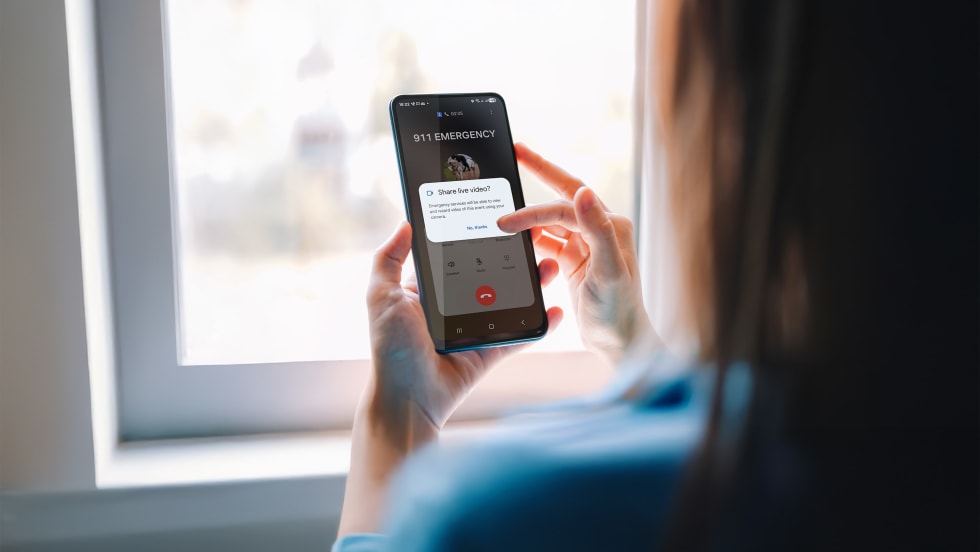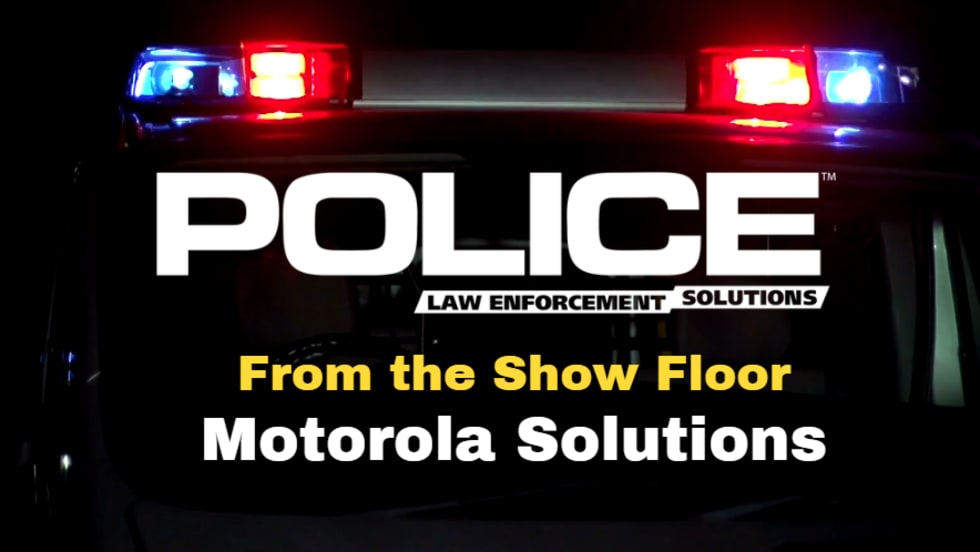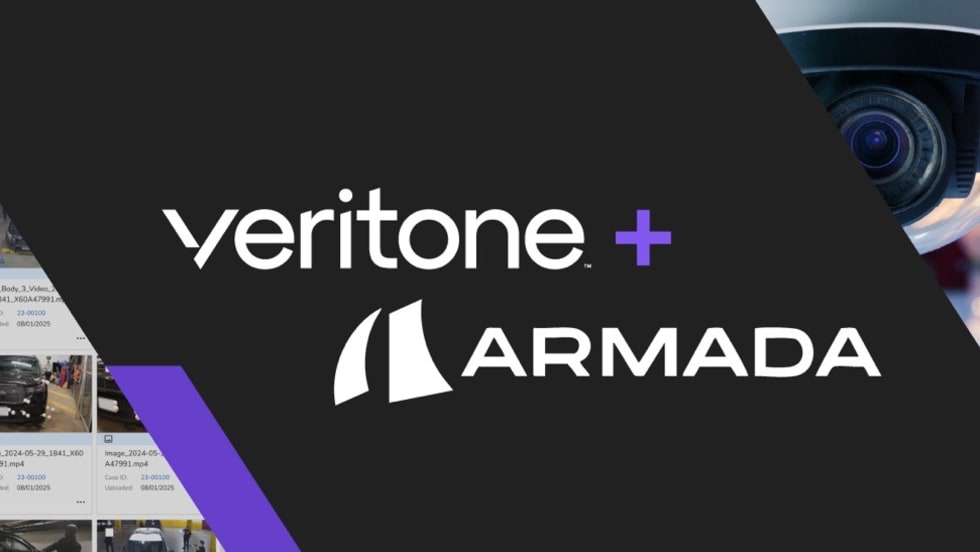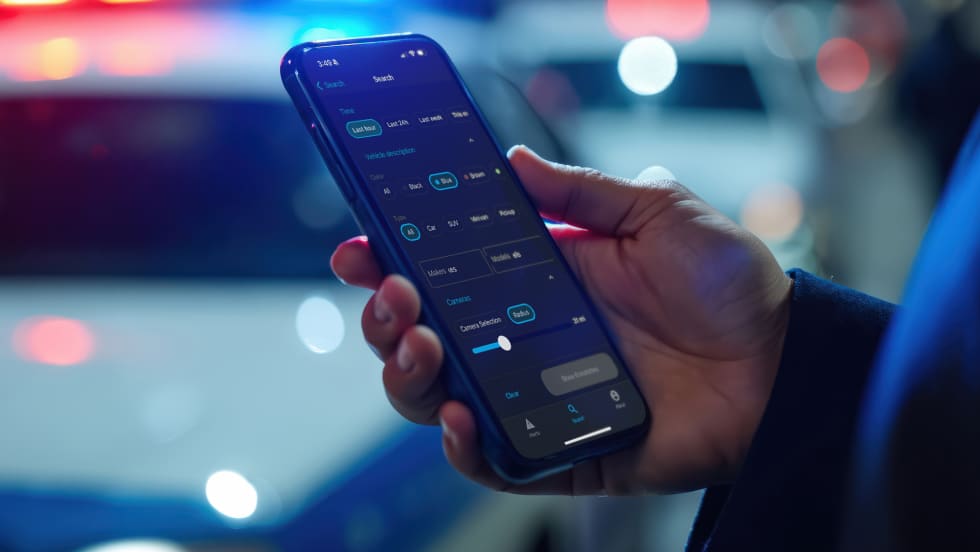Now watch as the magic begins and the software does its stuff right there before your eyes, automatically creating an intersection with radius curves to each of the curb lines. If it doesn't look quite right, just grab one of the object's handles, rotate a bit more, and the software updates all the angles automatically. Now that's sweet and a huge time saver, too.
In my test scenario, I created a scene that was 120 feet long. I was then able to quickly adjust the diagram by turning on the alignment grid and resizing my drawing to scale with ScenePD's built-in scaling feature. It's that simple.
Once the basics are done, you're ready for the next step with ScenePD's Object Property Bar, which is handily located at the bottom of the work space. When you select an object in the base layer, such as a roadway, you can name it, tell it the number of lanes, types of dividers, their spacing and separation, and even the width of the painted stripes. Then from the toolset you can add roadway shoulders and lane markers. From there you can use the built-in standard drawing tools and add dimensioning or any other unusual objects or features.
Now you're ready for the next layer of your drawing. On the "symbols" layer you can begin to add more than 150 symbols in Easy Street Draw and dramatically more in ScenePD. The obvious reason for this is that ScenePD can also be used for crime scene documentation while Easy Street Draw is limited to accident scene drawings.
In ScenePD 2.0, Trancite has added "intelligent" structures, allowing you to place walls, windows, doorways, and furnishings by dragging them into position. With these smart tools, it's easy to create complex crime scene or road scene drawings. For example, after I created a multi-lane roadway I needed to populate it with "symbols." I dragged and dropped a car symbol and placed it in the lane, and the software automatically placed the car and faced it in the proper direction. No unnecessary effort was required to correct the car's rotation, and the same applies to roadway signs and directional arrows.












